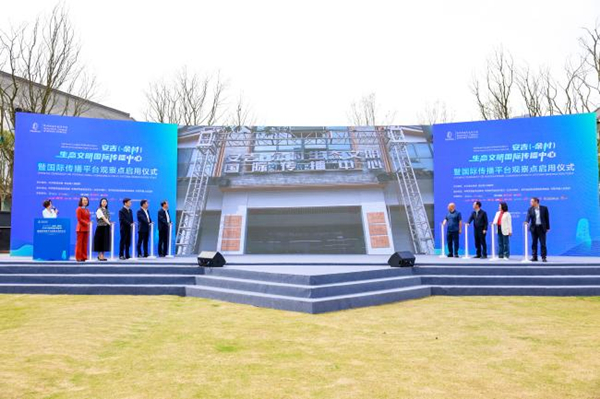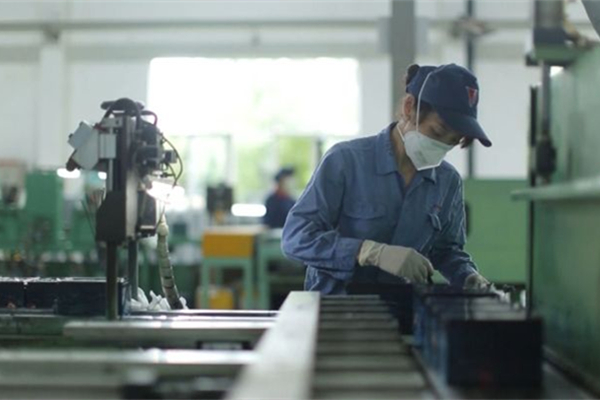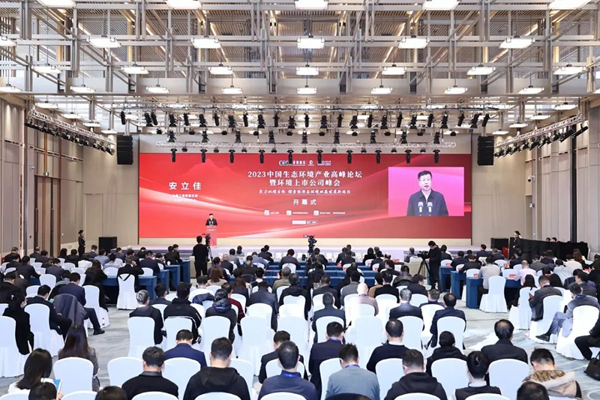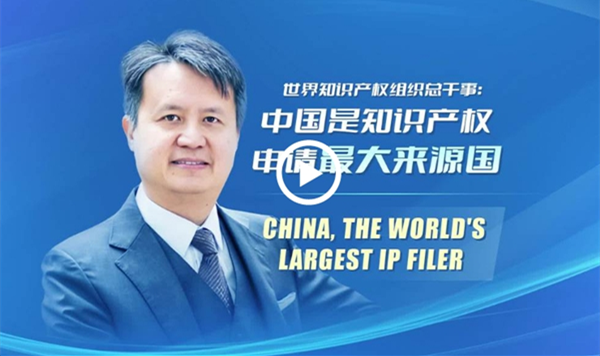China opens up wider in 2021
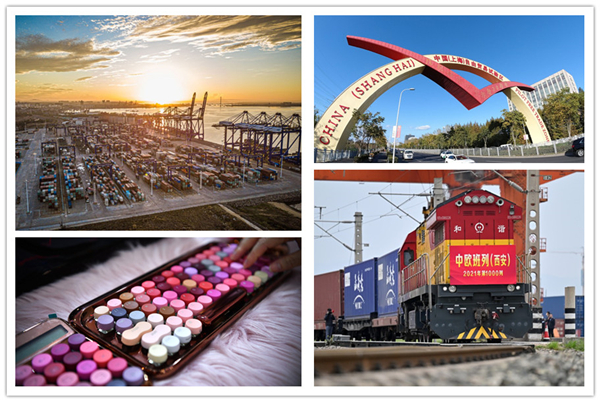
China remained steadfast in opening-up wider and further facilitating foreign entry to the country amid uncertainties in the past year. Measures to this end included hosting a series of expositions, trimming negative lists and facilitating trade and investment.
Bucking a sharp drop in global cross-border investment, China attracted $149.34 billion of foreign investment in 2020, maintaining its status as the world's second-biggest recipient of foreign investment.
Here is the general picture of what China has done to further open up its economy and promote high-quality economic development in 2021.
Shortening negative lists for foreign investment
China unveiled two shortened negative lists for foreign investment in December, marking the fifth consecutive year the world's second-largest economy has revised its national negative list and pilot free trade zone negative list.
The number of items off-limits for foreign investors has been cut to 31 in the latest version of the national negative list, down from 33, and the number of items on the pilot FTZ negative list has been reduced to 27 from 30 in the 2020 version.
According to the new lists, foreign ownership caps on passenger car manufacturing companies have been removed. All manufacturing sectors are open to foreign investors in the pilot FTZs.
Foreign investors' access to the service sector in pilot FTZs has also been widened. Foreign investment is allowed in the social survey industry, but ownership by foreign investors should be no more than 33 percent and legal representatives should be of Chinese nationality.
For those industries not included in the negative lists, foreign-invested enterprises should be given equal treatment.
Lowering import tariffs
China has fulfilled its pledge of lowering import tariffs for goods to 9.8 percent from 15.3 percent when it joined the WTO 20 years ago. At present, its overall import tax stands at 7.4 percent, lower than the average level of developing members of the WTO and is approaching the level of developed members of the organization.
The country has also significantly reduced non-tariff barriers for international trade, removing non-tariff measures covering 424 tariff categories by January 2005.
In terms of trade in services, China pledged to open the market for 100 subsectors in nine business categories by 2007. It actually opened nearly 120 subsectors, around 20 percent more than promised.
China implemented provisional tariffs that are lower than the most-favored-nation rates on 954 imported commodities on Jan 1 this year. The adjustment involves commodities including cancer drugs, aquatic products and baby clothing.
The 954 products also include ski gear, art, auto parts that help reduce greenhouse gas emissions, high-voltage cables for high-speed trains and fuel-cell components.


